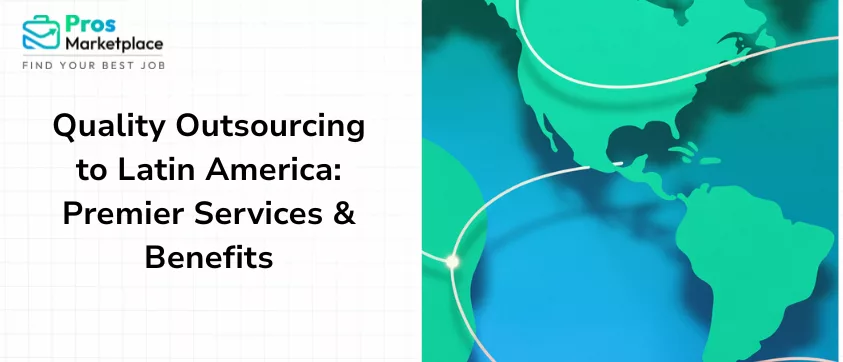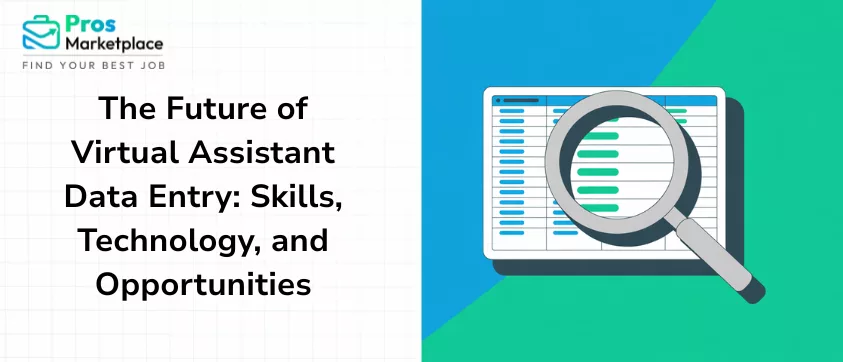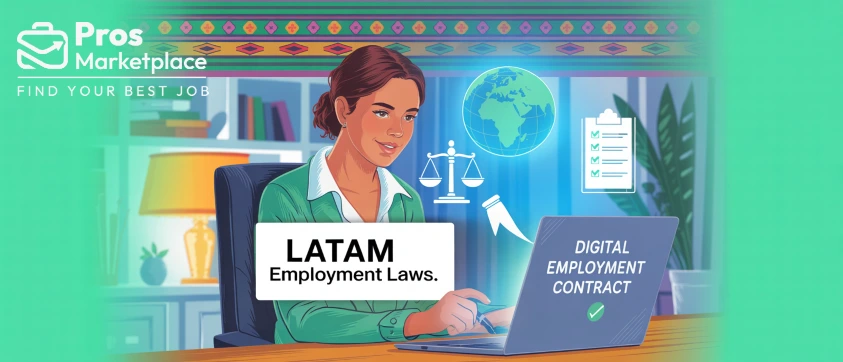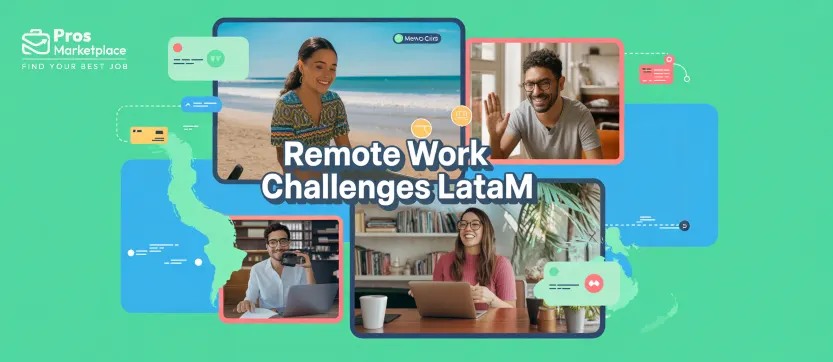If you’re serious about growing your business, but the cost of hiring designers is a real concern, then we have the answer.
Did you know you can hire a professional remote web developer and a remote web designer from Latin America for a very reasonable salary? This is especially true when compared to salaries in the US and Europe.
Hiring remote workers is an excellent way to manage the growth of your company. While at the same time also allowing you a great deal of flexibility.
Small web design and web development agencies looking to expand can acquire talented professionals for an affordable salary.
How will I know if a worker is the right candidate for my business?
Before you begin the hiring process, you need to be clear in your job description about the technical skills and experience required.
If you don’t specify this in your job posting, you’ll get applicants who don’t meet your requirements.
Getting the skillset right from the start also helps you better understand the role and your future management.
Your remote web designer should be proficient with tools such as Adobe Photoshop, Adobe Illustrator, and Sketch. Other software is available, but the three mentioned are the ones most widely used by professionals.
They should have a working knowledge of CSS/CSS3, HTML/HTML5, jQuery and PHP for WordPress.
A remote web developer will need the same technical skills, with Javascript and additional coding languages like React.js, Node.js, Angular, Python, and Laravel.
Now you’re clear about the positions you’d like to fill, and the skills you’re looking for, it’s time to begin hiring!
How to hire a full-time web designer or web developer on ProsMarketplace
Use what you have learned above to be specific about your requirements in your job posting on Remote Co. You will save time sifting through unwanted or unskilled applicants.
Even though you might still get absolutely loads of applications, it’s essential to read over each applicant and their job history.
You might have up to 50 applicants that appear to fit your criteria, but you want to narrow that number to around 10 for interviewing purposes.
While this might sound like a lot of work, you can easily trim down the list by doing the following.
- Discard any candidate who sent you a general application without paying attention to your particular business or needs.
- Look for applicants who provide proof of previous work. This experience should include an understanding of business branding as your brand is at risk. Do they have a range of different project types, showing flexibility?
- Did they highlight the way they worked with others? Relationships and unity will be critical to your project.
- Their application should demonstrate a good grasp of English. Although you’re not hiring a writer here, you will need to converse via email regularly, messenger, and or possibly Skype calls.
- The applicant should have provided references – you’ll want to follow up on these.
Next up is the interview stage. A two-stage interview process will narrow down your list to say ten people to three or four for the final interview. For the first interview:
- Write an email, and ask questions about their past work experience, and knowledge of the web design or web development landscape. Always ask beginning questions that allow for detailed answers so that you can assess the candidate. Questions like: “What do you think are the most important trends in web design this year?” This allows the candidate to show passion, education, and knowledge.
- Ask each candidate for one simple idea they would design or develop to attract or convert traffic to your new website. This might not only give you some free and useful ideas, but it also shows that the candidate is capable of innovative thinking, and applying this to your particular needs.
- Sift through all the answers and then draw up a shortlist for a second interview. Politely tell those who did not cut.
At this point, it would be recommended that you ask your remaining candidates to undertake a paid test. This paid test shouldn’t be impossible but it is not easy to complete. Tell all applicants that you are expecting them to be able to complete the test on their own, but if they need some help, you will be there.
The idea is to send them a brief task to see just how well they understand your particular requirements and business.
The test might be a mock-up for a designer, or to integrate a particular functionality for the developer. Give each candidate the same amount of time to complete the task.
Finally, after the test, you might have three or four candidates left that you wish to have a second interview with.
By this stage, you’ve probably got people who are all talented professionals at what they do. Whether it be a web designer or web developer what you’re looking for in a second interview is to establish if you’re likely to have a good working relationship with the candidate.
You should also ask about salary expectations and outline your contractual requirements (hours, copyright, deadlines, confidentiality and terms and conditions).
Once you’ve done this, you should be in an excellent place to offer the position to the winning candidate.
Hiring from Latin America allows you to cut costs when compared to the US and Europe.
If you’re an agency, you can multiply these savings many times over while minimizing the risk of your expansion strategy.
Happy hirings!







